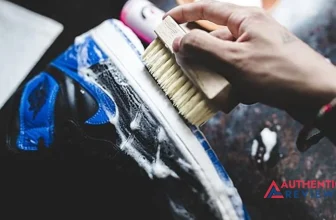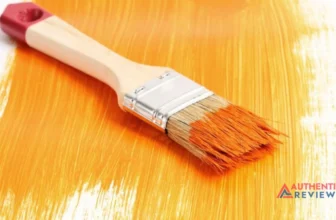How To Get Aquaphor Out Of Clothes? 8 Easy Methods

Your day is going great, and you just finished getting dressed. You look down to check your outfit and notice a tiny white smudge on the fabric. You quickly realize that the smudge is from a tube of Aquaphor. You must have accidentally put the tube in your pocket, which leaked. You don’t have to throw your clothing in the trash just yet. So how do you get Aquaphor out of clothes?
In this blog post, we’ll cover 8 methods for removing Aquaphor stains from clothing. Each method will include step-by-step instructions and tips for successful removal. We’ll also discuss the potential hazards of each method to keep you safe while cleaning.
Overview On How To Get Aquaphor Out Of Clothes
Getting Aquaphor out of clothes doesn’t have to be a hassle. With the right techniques, you can easily remove the stain and get your clothing looking as good as new. Here are 8 methods that will help you get rid of stubborn Aquaphor stains on fabrics:
Method 1: Detergent and Water can Help
Step-by-step instructions
- Place the clothing item on a flat surface and identify the stained area.
- Pour some detergent into mild, lukewarm water and mix until it forms a foam.
- Soak the stain with the detergent solution using an old cloth or sponge.
- Gently rub or scrub the fabric to loosen up the Aquaphor stain.
- Rinse the fabric with cold water and place it in direct sunlight for a few hours (this helps to remove any remaining residue).
- Wash the clothing item according to its care instructions and let it air-dry or tumble-dry in a low-heat setting.
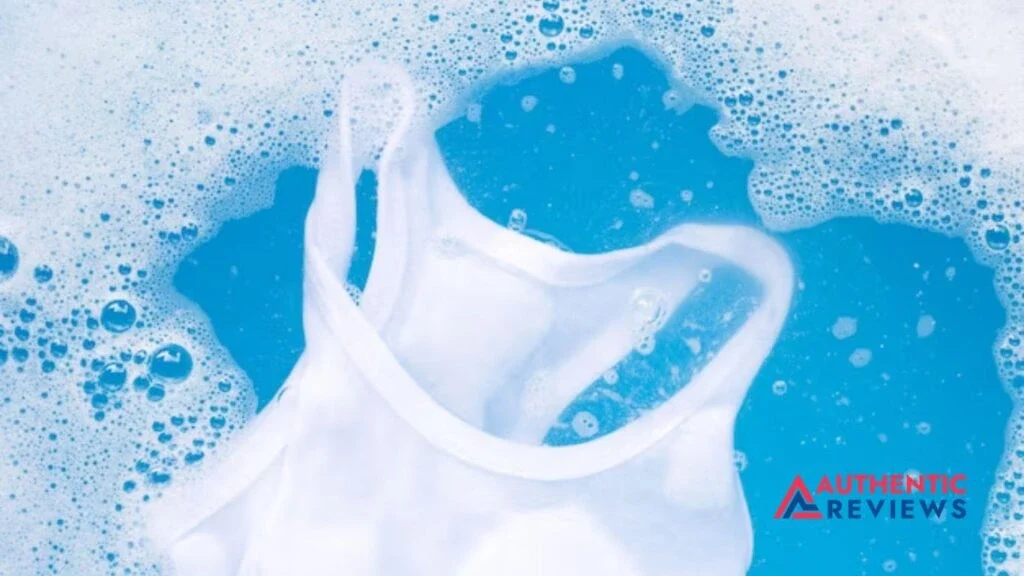
Tips for successful removal
- Make sure you use the right type of detergent that is suitable for your fabric type.
- For delicate fabrics, you can use mild soap instead of detergent to avoid any damage.
- If the stain persists after washing with a detergent and water solution, repeat steps 1–4 using vinegar or baking soda instead.
Potential hazards from using this method
- Avoid using hot water, as this can set the stain.
- Make sure the detergent you use is not too harsh for your fabric type.
- Do not scrub too hard, as this could damage the fibers of the fabric.
- If you are unsure about the type of fabric, it is best to take the clothing item to a dry cleaner and let them handle it.
Read also about the labeling of cloth
Method 2: Vinegar and Water to Remove Aquaphor
Step-by-step instructions
- Start by testing an inconspicuous area of your fabric to make sure that the vinegar won’t damage it.
- Dilute 1 tablespoon of white vinegar in 2 cups of warm water and pour the mixture into a spray bottle or bowl.
- Using a clean cloth, sponge, or brush, apply the vinegar-water mixture directly to the affected area.
- Work the solution into the fabric in a circular motion, and allow it to sit for 10–15 minutes.
- Rinse away the vinegar-water solution using cold water until all traces of Aquaphor are gone.
- Repeat steps 1 through 5 if necessary until all the Aquaphor has been removed.
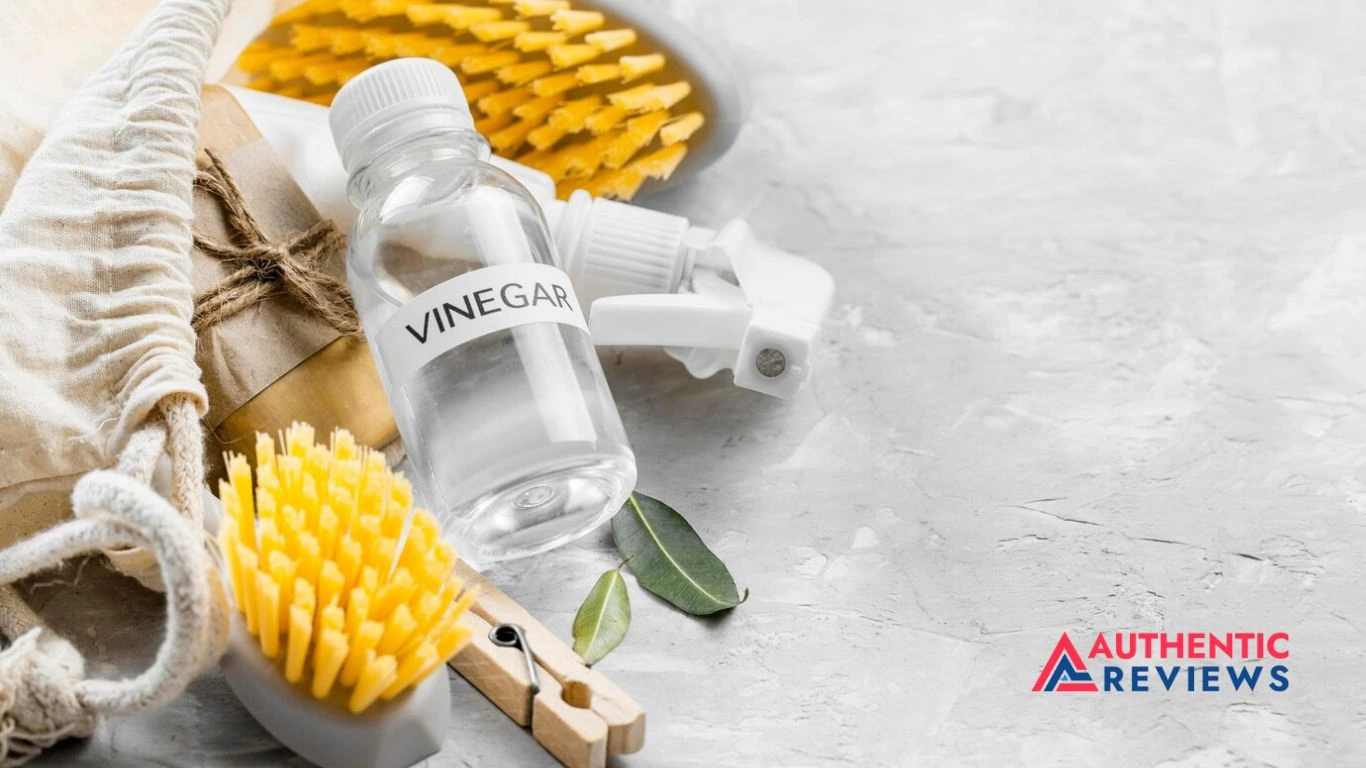
Tips for successful removal
- When using the vinegar-water method, always use white vinegar—never apple cider or any other type of vinegar.
- To ensure that all of the Aquaphor is removed from your fabric, it may be beneficial to steam the item after you have finished rinsing it.
- Always use a clean cloth or brush when applying the vinegar-water mixture, as dirt or debris on the applicator can damage your fabric.
Potential hazards from using this method
- Vinegar can be a very strong acid that may damage delicate fabrics. Always test an inconspicuous area of the fabric before applying the vinegar-water solution to the affected area.
- If you are using a spray bottle, wear protective gloves and eye protection when spraying, as this method can cause skin and eye irritation if the vinegar-water mixture comes into contact with your skin or eyes.
- If you use too much of the vinegar-water solution, there is a possibility that it may leave behind an unpleasant odor in your fabric.
- Vinegar can be very acidic and can cause discoloration on certain fabrics if not used properly. To prevent this, make sure to thoroughly rinse away the solution once the Aquaphor has been removed.
Method 3: Baking Soda and Water for Aquaphor Removal
Step-by-step instructions
- Pre-treat the fabric with a scoop of baking soda and enough water to create a thick paste.
- Work the paste into the stained area with your fingers.
- Allow it to sit on the fabric for at least 10 minutes, or overnight.
- Rinse the baking soda and water mixture with cold water and check for signs of discoloration or fading of the fabric.
- Apply a generous amount of detergent to the area, and scrub gently with a soft brush or cloth.
- Rinse again with cold water, and repeat if necessary.
- Hang the fabric in a well-ventilated area to dry completely before wearing or storing it away.
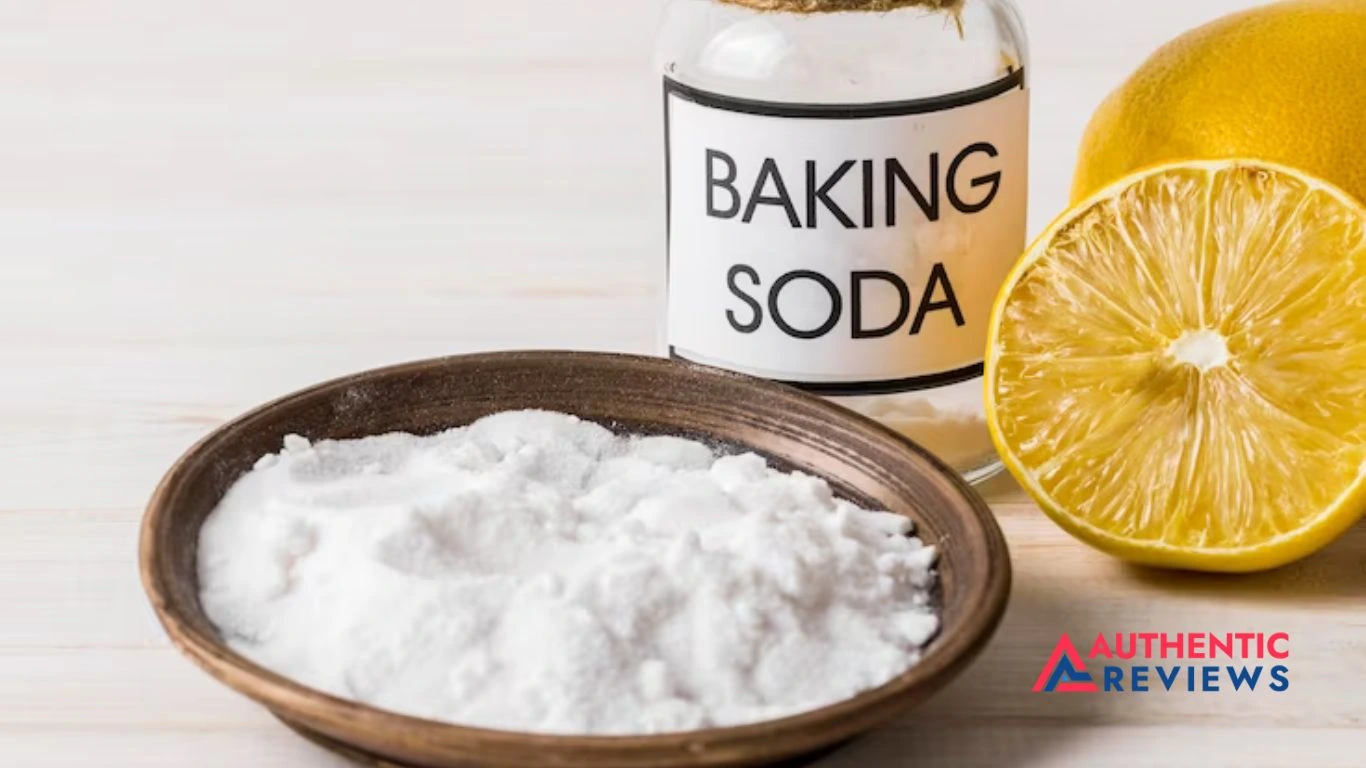
Tips for successful removal
- For best results, use baking soda specifically meant for cleaning.
- Pre-treat the fabric immediately to prevent the Aquaphor shirt from setting in.
- Avoid scrubbing too hard, which could damage or fade the fabric.
Potential hazards from using this method
Depending on the type of fabric and dye used, baking soda may cause discoloration or fading of the fabric.
Always read and follow the instructions on your detergent’s label carefully to ensure it doesn’t damage the fabric.
If using bleach, make sure not to leave it on too long or use too much of it, as this may cause serious damage to fabrics.
Method 4: Using bleach for Aquaphor on White Fabrics
Step-by-step instructions
- Put on a pair of rubber gloves.
- Mix 1 part bleach with 3 parts warm water in a bucket or other suitable container.
- Soak the fabric for up to 30 minutes, stirring every 10 minutes, to ensure even saturation.
- Rinse the fabric with cold water and check if the Aquaphor stain is gone.
- If the stain persists, repeat the process until it is removed.
- Wash the fabric in warm water with mild detergent to remove residual bleach.
- Air or tumble dry on a low heat setting (for synthetic fabrics).
- Ensure the Aquaphor stain is completely gone before drying in direct sunlight or in a hot dryer.
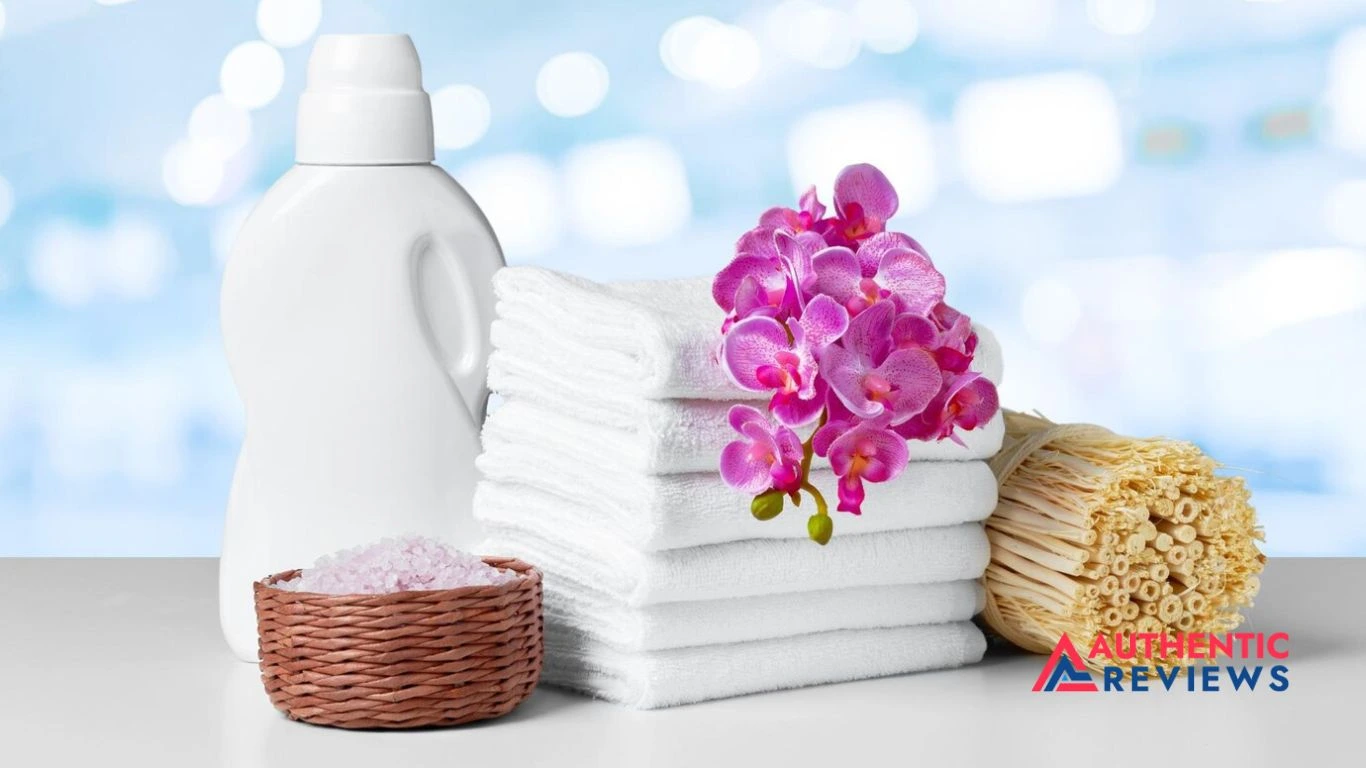
Tips for successful removal
- Always read the label on the fabric before using any cleaning chemicals to ensure that bleach is safe.
- For colored fabrics, test a small area of the fabric in an inconspicuous spot first to make sure it won’t cause discoloration.
- When working with bleach, always wear rubber gloves in a well-ventilated area to reduce potential fume exposure.
Potential hazards from using this method
- Bleach can cause skin irritation and respiratory problems if not used properly.
- Bleach is corrosive and can damage fabrics if left on too long or used incorrectly.
- Always use it in a well-ventilated area to reduce the risk of inhaling fumes.
- Never mix bleach with other chemicals, as this could create dangerous fumes that are hazardous to your health.
- Never pour bleach directly onto a fabric, which can cause discoloration and damage. Always dilute it with water first.
Method 5: Multipurpose Cleaners to Get Rid of Aquaphor
Step-by-step instructions
- Create a cleaning solution of 1 part cleaner and 3 parts water.
- Test the diluted cleaner on an inconspicuous area of the fabric to ensure it won’t cause discoloration or fading before applying it to larger areas.
- Apply the cleaning mixture to the stain using a soft brush or cloth, working in circular motions until suds form.
- Let the mixture soak into the fabric for at least 15 minutes, then rinse with cold water.
- Repeat Steps 1–4 as needed until all traces of Aquaphor are gone.
- Hand wash or machine wash according to the fabric’s instructions, and hang dry out of direct sunlight if possible.

Tips for successful removal
- Use a multipurpose cleaner that is designed to break down grease and oils.
- Always test the cleaning solution on an inconspicuous area of fabric before using it.
- Rinse away all residue with cold water after cleaning the stain.
- Wash the item according to its fabric instructions afterward.
Potential hazards from using this method
- Avoid using harsh chemical cleaners that can damage the fabric or cause discoloration.
- Always wear gloves and safety glasses when working with a multipurpose cleaner to avoid contact with the skin or eyes.
- Do not leave the cleaning solution on for an extended period, as it can damage the fabric.
- Avoid direct sunlight when drying the item, which can cause fading and discoloration.
- Do not try to clean delicate fabrics like silk or wool with a multipurpose cleaner.
Method 6: Rubbing Alcohol and Water for Aquaphor Removal
Step-by-step instructions
- Start by diluting rubbing alcohol with equal parts of water.
- Apply some of the solution to an inconspicuous area of the fabric to test for colorfastness.
- If there is no discoloration, proceed and soak a cloth in the rubbing alcohol mixture and blot the spot until it’s gone.
- Rinse off any remaining residue with water.
- Wash and dry the fabric as normal.
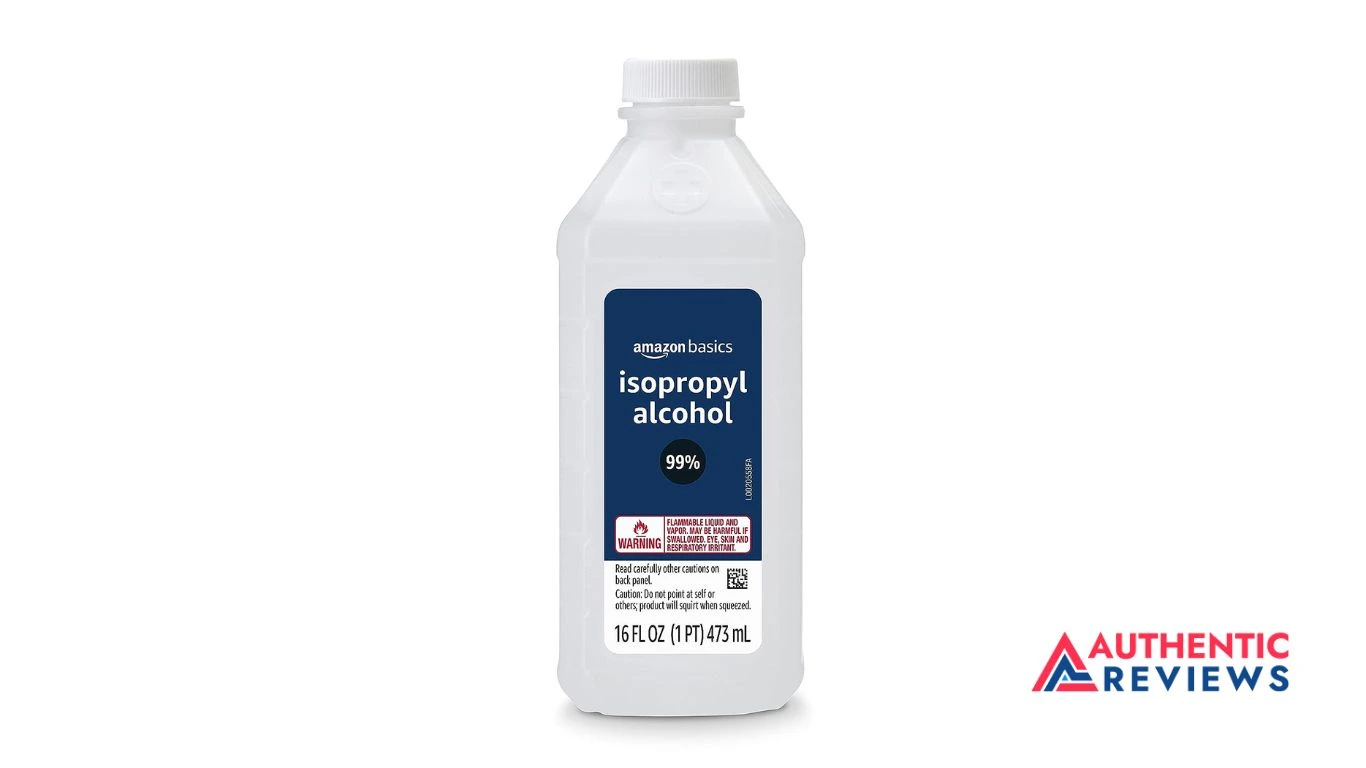
Tips for successful removal
- To prevent discoloration, always test a small area of the fabric before using the rubbing alcohol mixture.
- Use enough solution to saturate the spot completely, ensuring that Aquaphor is lifted away.
- For delicate fabrics, use a lower percentage of rubbing alcohol and adjust the solution accordingly.
Potential hazards from using this method
- Rubbing alcohol can cause discoloration on certain fabrics.
- Keep rubbing alcohol away from open flames and children, as it is highly flammable.
- Use gloves when handling the mixture to protect your skin.
- Do not use this method on synthetic materials, leather, or suede fabrics, as rubbing alcohol can damage them.
- Make sure that the fabric is completely dry before storing it; this will ensure that there are no remaining traces of Aquaphor left on the fabric.
Method 7: Industrial Strength Cleaners for Aquaphor Removal
Step-by-step instructions
- Dilute a small amount of industrial-strength cleaner in a bucket of lukewarm water.
- Soak the stained fabrics for about 10 minutes.
- Take out the fabric and scrub it gently with a soft brush or cloth. Make sure to use light pressure to prevent damage.
- Rinse the fabric thoroughly in cold, running water until all traces of soap are removed.
- Hang the fabric to dry, or pat it dry with a towel and air-dry it.
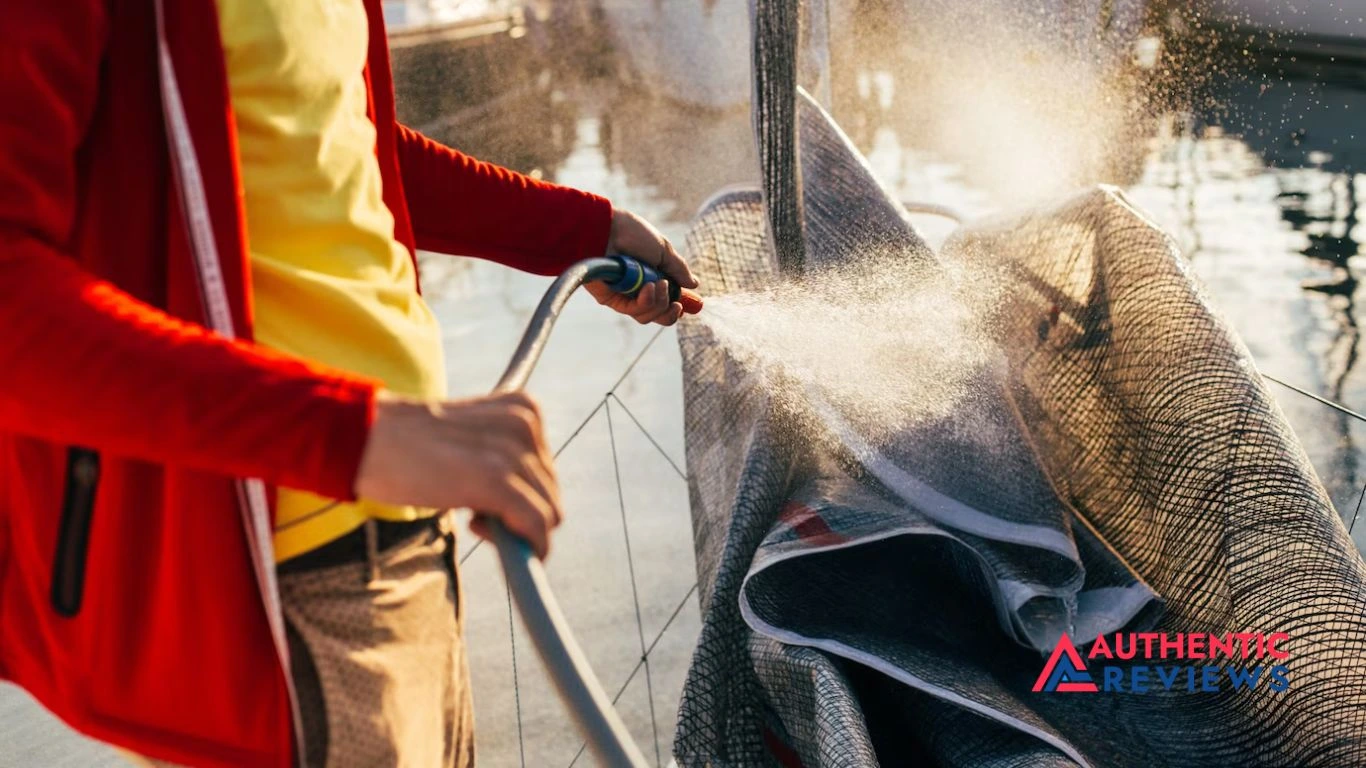
Tips for successful removal
- Test all industrial-strength cleaners on an inconspicuous part of the fabric before tackling the stain.
- Do not use hot water, as it can cause dyes to bleed and damage fibers
- If you need more cleaning power, try mixing hydrogen peroxide into the solution
Read Also: How To Get Polyurethane Off Hands
Potential hazards from using this method
- Industrial-strength cleaners are powerful and can damage fabrics if used incorrectly.
- Be sure to read all the instructions on the product label before using it.
- Wear protective gloves to avoid contact with harsh chemicals.
- Keep your work area equipped with adequate ventilation to prevent inhalation of fumes from the detergent.
- If you ever have any doubts about how to use a product, seek the advice of a professional dry cleaner.
Method 8: Dry Cleaners for Aquaphor Stains
If all else fails, you may want to take your fabric to the dry cleaners for a professional cleaning. Dry cleaning is an effective way of removing difficult Aquaphor off brand. Using this method can also help preserve the color and texture of the fabric as well. Dry cleaning is usually more expensive than other methods and should only be used as a last resort.

If you decide to use dry cleaning, ensure the cleaner is aware of the Aquaphor stain so they can take the appropriate steps to remove it. If necessary, ask your local dry cleaners for advice on how best to proceed if you have any questions or concerns about this method. Depending on the fabric and severity of the stain, they may use special cleaning agents or machinery to ensure a thorough job.
Frequently Asked Questions
Yes, ointments can stain clothes. The best way to prevent staining is to apply the ointment directly onto the skin and let it dry before putting on clothes. It’s also a good idea to wear clothing you don’t mind getting stained in case of mishaps.
Yes, vinegar can remove petroleum jelly from clothes or other surfaces. To use vinegar, apply it directly onto the affected area and let it sit for a few minutes before scrubbing. You may need to repeat this process several times until the petroleum jelly has been completely removed.
Petroleum jelly can be dissolved by using a combination of warm water, dish soap, and vinegar. To use this method, mix the ingredients in a container and apply to the affected area. Allow it to sit for an hour before scrubbing it with a brush or cloth until the petroleum jelly is removed.
If only a small amount of moisturizer is on a fabric, you can simply dab the affected area with a cloth dampened in warm water. A combination of dish soap and vinegar should do the trick for larger stains.
Baking soda can be an effective cleaning agent for removing odors, stains, and dirt from clothing. To use baking soda, sprinkle it directly onto the affected area before adding water. Scrub the fabric with a brush or cloth and let it sit for at least an hour before rinsing it with warm water.
Conclusion
Now that you know how to get Aquaphor out of clothes, it is time for you to put your newfound knowledge into practice. By carefully following the steps outlined above, you should be able to remove Aquaphor stains from your clothes.
Remember that it may take multiple washings and applications of different methods to remove the stain fully. Always use cold water and mild detergents when performing fabric care.
Suppose you find that the stain remains after multiple washings and applications. Then it may be necessary to seek professional help from a dry cleaner or laundry service. In any case, following these methods should help you to get Aquaphor stains out of clothes and restore your garments.



